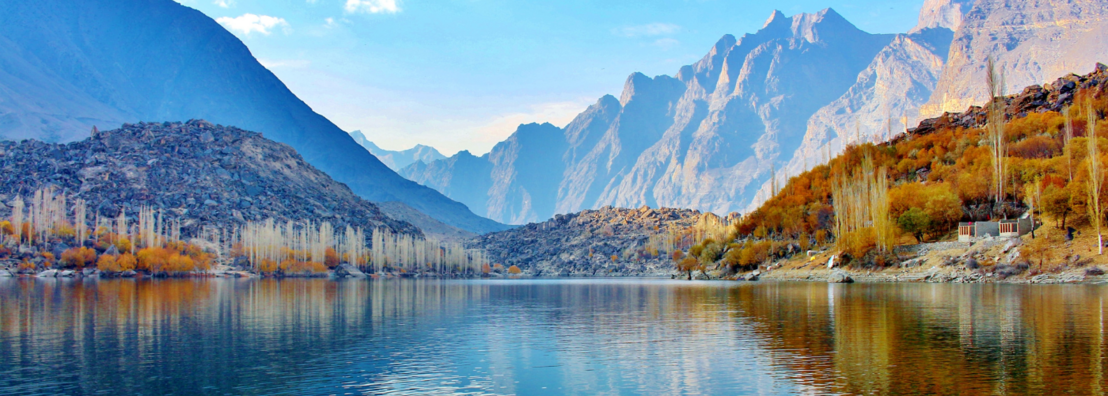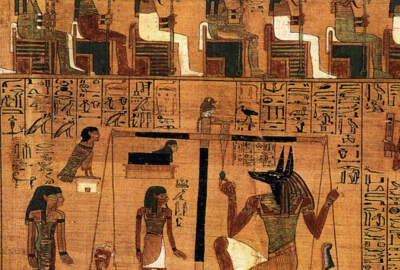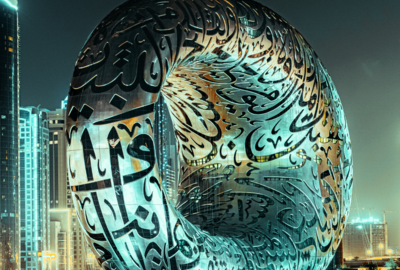
What language is spoken in Pakistan? Official language of Pakistan and spoken languages

Pakistan official language: what is it?
Actually, Pakistan has two official languages: Urdu and English. So different from each other, they have both been recognised as official languages of the country also and above all with the aim of unifying the country's solidarity. Indeed, let us remember that Pakistan was only recognised as a state in 1947, and is therefore still searching for ways to enhance its identity.
Although these are the official languages of Pakistan, however, the population prefers to speak others, as we shall see in a moment.
Online
Language courses
Learn foreign languages effectively and in the comfort of your own home with real teachers!
Get a 5% loyalty discount on your next language study trip!
Urdu
Urdu is a lingua franca of Indo-European origin, understood by 80% of the Pakistani population. Beware, however: understood, not spoken, in fact, it is only used as a mother tongue by 7% of the population. Considering that Pakistan is the sixth most populous country in the world with its 231.4 million inhabitants, this means that only 16,198, 000 people in Pakistan speak Urdu. Few, considering the fact that it has been defined as the country's national language, and that Pakistan has widely pushed for its use, promoting the language to encourage national solidarity. In fact, it is a 'neutral' language for the country's internal political issues, and seemed to all intents and purposes the best choice in order not to sour relations between the different minorities here.
Moreover, in Pakistan, the Urdu language was preferred over the others because it was the language of the elite Muslim emigrants from India, including M.A.Jinnah, the first head of the government that founded the Pakistani state.
Nevertheless, today the Urdu language has not yet been as successful as hoped, and the 7% of Pakistani speakers are mainly to be found in the urban centres of the large metropolises, such as Islamabad, Hyderabad and Karachi.
It is mostly applied and used on particularly formal occasions, in government administration and is also taught in educational institutions.
In fact, it is even more widely used in India, where there are more speakers than in Pakistan, and is also included among the 22 official languages recognised by India.
On a grammatical level, in fact, it hardly differs from Hindi, India's main language. The only differences concern a choice of more words of Persian origin in Urdu and the use of different alphabets: Hindi applies the Devanagari alphabet, while Urdu has its own -Urdu alphabet, to be precise-, of Persian-Arabic origin. In fact, it has also been modified to produce sounds that do not exist in the Arabic language.
However, its extreme similarity to Hindi has opened up a lot of controversy over time, as many refused to consider them as two separate languages. In reality, however, the Urdu language in Pakistan has a very ancient history, and has undergone great influences from Arabic, Persian and Chagatai, a Turkish language that is now extinct.
A small curiosity about the word Urdu: it means 'imperial camp', and it is precisely from this term of Turkish origin that the Italian has inherited the word 'horde'.
English
Due to British colonial rule, English is still recognised as the official language of Pakistan. However, it is not widely used, with only 100 000 speakers within the country, and 5% of the population using it as a second language.
When it was recognised, English was actually chosen as a transitional language, in the meantime for Urdu to finally take hold as Pakistan's most widely spoken language. This never really happened, however, and today English remains in common use within the homes and informal circles of the urban elite, but is also applied to talk business and in government acts.
Even within Pakistani universities, it is not uncommon to find degree courses taught entirely in English. These are, moreover, quite prestigious institutions, where people go to focus mainly on technology or business. Now you know that if you want to study in Pakistan one day, your knowledge of English will be enough, as long as it is very thorough. That is why you might consider doing a gap year abroad to learn English, so that you can develop your language skills and arrive prepared.
Other languages spoken in Pakistan
As we mentioned at the beginning, despite the two languages recognised as official, Pakistanis apply other languages much more in everyday use. You will be much more likely to hear them communicating with each other, chatting or saying something in one of these four secondary languages, rather than in Urdu or even English.
| Punjabi : Among the four, it is definitely the most widely used. In fact, over 44% of the Pakistani population speaks Punjabi as their mother tongue, and also uses it as their first language in writing. For this, however, the Shahmukhi script is used, which has the particularity of applying the Urdu alphabet. The question arises as to why it was not decided to use Punjabi in Pakistan as the official language, and the answer is easily said: precisely because Punjabi is an Indo-Aryan language, as opposed to Urdu which is the Islamic language par excellence, and choosing it would not have shown a tendency to lean more towards one or the other 'faction' than those within the country. |
| Pashto: This is among the languages spoken in Afghanistan, a country that borders Pakistan and of which Pashto is the official language. 15.4% speak it as their mother tongue, and it is especially used in the northern region of Belucistan and in the Federally Administered Tribal Areas. Among other things, it is the most widely spoken East Iranian language, with 60 million speakers spread mainly between Afghanistan and Pakistan. Pashto also boasts a rich literary tradition, with many poets using it to create their works. |
| Sindhi: This is the language spoken mainly by Pakistanis living in the province of Sindh, with a percentage of 14.5. There are many doubts about its origin, but most scholars maintain that Sindhi derives directly from Sanskrit, albeit with a strong Arabic influence. |
| Balochi: Also known as 'beluci', is the north-western Iranian language spoken in Iran, Afghanistan and also in Pakistan, where Balochi is used by 4% of the population. The people who use it are mainly concentrated in the province of Balochistan (or Belucistan). |
With such an assertion of these secondary languages, it is easy to see why Urdu has not yet managed to establish itself among the population, despite being the official language of Pakistan: Pakistanis still remain very attached to their origins, and even after the state has been established, it is difficult to abandon the language for a more 'new' and equal one.
Pakistan language: minority languages
In addition to secondary and official languages, the language used by the population in Pakistan also varies for reasons of historical heritage. There are therefore several minority languages, often similar to others considered more important or related to be for certain characteristics, that are widely spoken depending on the area.
The main ones of these are:
● Hindko, 2.2% of the population: all those Lahnda dialects spoken by different ethnic groups in parts of the north-west of the country are defined by this name. More specifically, it is the most widely used language in the provinces of Punjab and Khyber Pakhtunkhwa.
● Brahoui, 1.2% of the population: this is a Dravidian language that has undergone considerable influences from the languages of the surrounding area, and is now spoken mainly in the Baluchistan region of Pakistan, but also in neighbouring Afghanistan and Iran.
● Saraiki, 12.2% of the population: this is the language spoken by the Pakistani population belonging to the Saraiki ethnic group, spoken in the centre and south of the Punjab province.
Although it is not considered an official language of Pakistan, it is put on a par with other major languages by many, thanks to the large percentage of speakers it can boast. With percentages of less than 1%, then, one finds speakers of the dialects of Shina, Balti, Ladakhi, Bourouchaskhi and Kashmir. A very small percentage of Pakistanis also still speak Persian, despite the fact that this ancient language was abolished as official during the British colonial rule over the Indian sub-continent.


